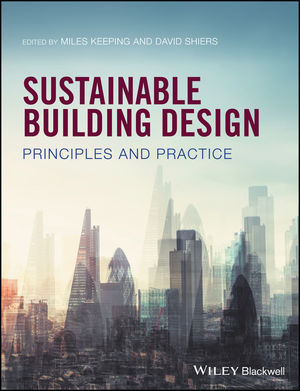Guest editor of RECORD's October 2008 issue, David Sokol, speaks with San Diego architect Teddy Cruz about form, politics, and 'repositioning practice.'
DS: How does inserting architecture at these margins manifest itself architecturally, or do you become a politician?
TC: That fear of politics and social engineering has generated debate. I think ultimately that’s counter-productive. I feel that the only terrain that can be fertile for experimental architecture needs to be a terrain that is composed of the right sociopolitical and economic conditions.

Teddy Cruz with Ana Aleman, Border Postcard: The Tijuana Workshop, 2000.
I think we can contribute to the design of those conditions—we can not only design fantastic buildings, but also configure social, political, and economic agendas that can yield particular architectures and special configurations. I think the relationship between the two for me is incredibly exciting.
I don’t know why there has to be a polarization. I think to be political is not to be a politician. For me all art is political, and all architecture must be political. There has to be a way for these categories to be redefined. That continues to be the issue out there in academia that architecture should just deal with itself. These people should understand the reality of this world in flux and equip architecture with more information, more engagement.
DS: Your dissatisfaction is palpable, and I get the sense that you believe a lot of the architecture that shows up in the media today lacks authenticity.
TC: Authenticity is a difficult word. All I know is I feel uneasy about the fact that the manifestoes that inspired me so much in the ’70s and ’80s have become trivialized. I don’t want to sound awfully rhetorical about it.
There are hugely homogeneous projects all over the world. These contorted bodies and skins and hyper-formalist exercises are only dressing up the recipes of privatization. For me it’s disappointing. The extent of experimentation ended there. I just want to ask more.
I think not only sites of economic power offer us formalist opportunities that excite us; we should also engage the sites of conflicts and the environments of marginalization where the issues are incredibly volatile. The most radical avant-gardes emerged at moments when institutions shifted, at moments of crisis. And yet now we’ve become indulgent, thinking that experimentation can only be possible with huge money. We should be seduced and inspired by sites of conflict.
DS: How do you envision architectural expression at these sites of conflict? Is intervention about improving the quality of life at those sites?
TC: I’m not suggesting homogenization from the perspective of the social. This is about diversity. I think the socially based project and the hyper-stylized formalist object can coexist. Some interesting projects have occurred, on a larger scale, in Brazil, Bogota, India. And they’re not just about social housing or barrios or making the whole world a shantytown.
DS: They’re not about turning barrios into Levittowns, either.
TC: What we are responding to as architects has been determined by institutions and primarily from a Western perspective. I’m interested in looking for alternatives that would really examine density or economic development. In that sense there is an incredible power found in informal configurations of density and economy that could shape our ideal city. It’s not about reproducing the shantytown, but to translate it.
The best architecture, at least the ideal in my mind, would be urbanisms and architectures that mediate between large and small, between rich and poor, between formal and informal. But most of the time, the best examples of architecture we see published benefit one of those extremes. In that sense most of the architecture that is emblematic of progress are top-down redevelopment projects that are built at the expense of many communities.
DS: Could today’s hyper-design movement help reposition practice, by, say, introducing a technology that can be deployed far more widely?
TC: Basically the issue with that is that this architecture is extremely excessive and overindulgent. I don’t see how it can trickle down to a more social application because it represents huge economic power. We continue to perpetrate notions that experimentation just means formal investigation. I think the gap between artistic experimentation and social responsibility continues to be huge.
DS: At a time in which rising food and fuel prices and global recession promises to push a significant number of people back into poverty and perhaps even slow or halt activity at the upper reaches of wealth, do you foresee this gap closing at all?
TC: I don’t want to suggest that the gap will be closed only when the social and political are accepted as categories of the experimental. At this moment when the culture is divided between Republicans and Democrats—and I’m just completely flabbergasted that after eight years of stupid government the polls are still tied—this gap between formalism and social responsibility becomes equally polarizing.
It’s gotten to this, and I’m very emotional about it. I think this is a cultural war. What turns me on is mediation, but at this moment of emergency, we really need to call it: Experimentation has been at the service of a Republican view of the world.

